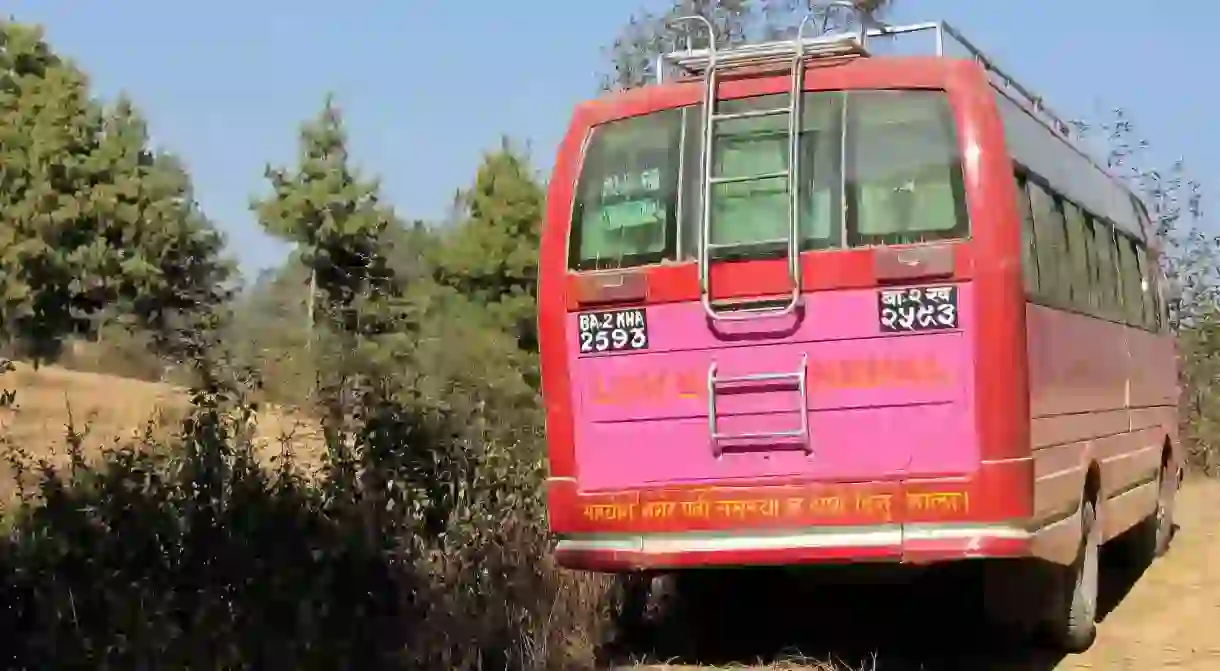6 Tips For Travellers Visiting Nepal

Nepal is a firm favourite destination among adventurous travellers. But, there are a few things about travelling in the country that can be surprising, difficult or unpleasant if you’re not prepared. Here are a few tips for helping your trip to the Himalayan country run a bit more smoothly.
Be prepared for queues at the airport
While it’s possible to obtain a Nepal visa from an embassy before you arrive in Nepal, most visitors simply get one on arrival at Kathmandu’s Tribhuvan International Airport. And that’s fine, but it’s not a big airport and it’s not very efficient. Expect to queue for a long time – first, to pay your fee and then, to actually receive the visa and have it stamped into your passport. Bring along a pen, a couple of passport-sized photos and the correct money in a major foreign currency to help speed things along.
Once you’ve got your visa, that’s not necessarily the end of the waiting. Depending on the time of day, the baggage carousels can be extremely congested. Waits of more than an hour for bags to materialise are not unheard of.
Distances on the map take on new meanings
Sure, the 200 kilometres between Kathmandu and Pokhara doesn’t look very far on the map. You could cover that distance in two hours at home, right? But it’s important to let go of any preconceived ideas of how long a journey should take you based on how long it would back home. You’d be extremely fortunate to make it from Kathmandu to Pokhara in six hours – eight or nine is far more normal. And that’s the good road. Mountain roads elsewhere in the country can be so slow that you’ll understand why trekking in Nepal is as popular as it is.
Kathmandu’s pollution

Got visions of a pristine mountain paradise? Kathmandu’s residents would laugh, but they’re too busy coughing. Kathmandu ranks as one of the most polluted cities in the world – seventh by some counts, third by others. The holy Bagmati River is nothing but an open sewer, the water that comes out of the taps is not fit to drink and the dust and smog that comes from vehicles and continual road development make the air thick with irritating particles. While Nepal has its pristine spots, Kathmandu is not one of them and as it’s necessary for almost all visitors to Nepal to pass through the capital, it’s best to be prepared. Bring a face mask or pick one up after you arrive.
The hot climate

It comes as a surprise to many visitors that Nepal is, on the whole, a pretty hot country. Certainly, many mountain areas at high altitude are cold in the winter and get quite a bit of snowfall. If you’re trekking at high altitudes it’s important to be prepared for the cold at any time of year (although the sun is also very strong up there). But the average visitor to Nepal spends much more time at lower altitudes that are affected by having that big, burning hot continent of India directly to the south.
The Terai (the plains bordering India) sizzle between March and October and even Kathmandu (1,400 metres) and Pokhara (827 metres) sit in the low 30s and high 20s for most of the year. The winters in the cities are a bit nippy, but it barely descends below freezing and winters are relatively short (December-February). It’s much more sensible to come to Nepal prepared for the heat (with a few itinerary-appropriate warmer layers) than hauling a load of cold-weather gear in your suitcase that you won’t end up using.
Altitude

If hiking or trekking at a high altitude (2,500 metres plus), it’s important to be aware of the risks of being in an oxygen-depleted atmosphere. The risks increase as you ascend and trekking itineraries should be built with appropriate time for acclimatisation. This essentially means not climbing more than 300-400 metres in altitude per day once over 3,000 metres.
Not everyone suffers from altitude related problems by any means, but the effects can be somewhat random and quite serious in some people. Shortness of breath, headaches, a racing heart even at rest and difficulty breathing are the most common effects of being up high. In more extreme cases, flu-like symptoms can appear, which can be deadly. It’s always a good idea to trek with a local guide for this reason, or at the very least, with a friend and never alone. Medical facilities are few and far between in the mountains and if you have to get to a hospital in a hurry, a rescue helicopter might be your only option (so make sure you have travel insurance that covers evacuation, just in case!).
Water and power shortages
The infrastructure in Nepal is not great, nor far-reaching. While staying in a hotel in one of the cities, you will likely have adequate power and water supplies (depending on the price of your room!), it’s important to keep in mind that there are often extreme water and power shortages throughout the country. Keep showers short, switch lights off when not in use – you know the drill. And don’t be surprised if the lights go on and off periodically or if you don’t have hot water on tap 24/7. These are just facts of life in Nepal.













